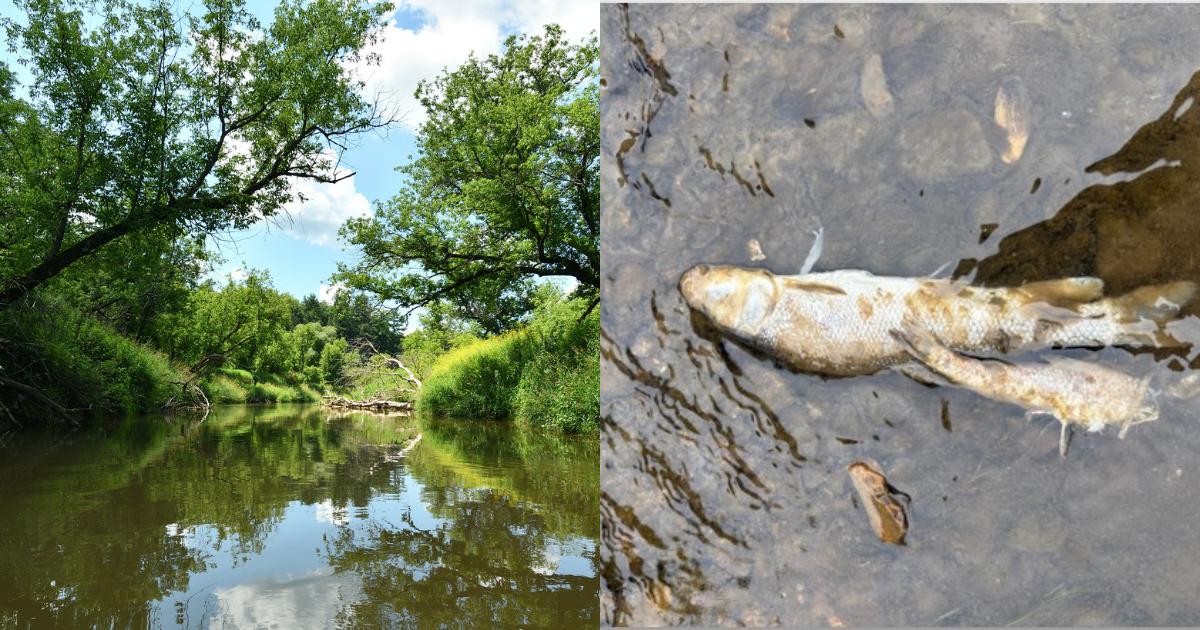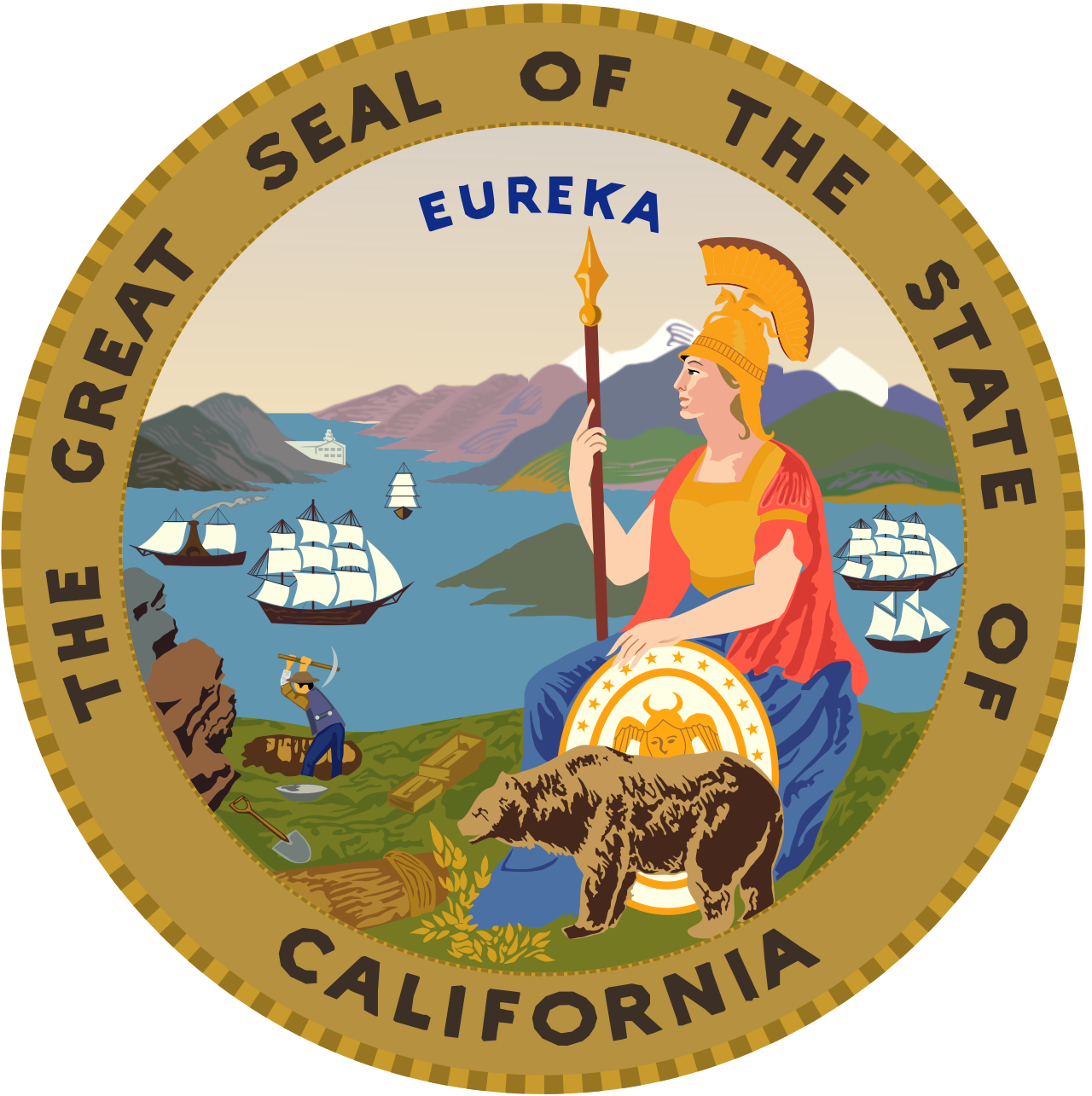- 132 Posts
- 220 Comments
So I say “consider how some people actually do have a single source of protein per day, they’re not combining it with other food sources, but they should be aware of this” and your reply is “oh but you see they’re combining it with other food sources so that’s not important” flawless logic.
My point is that it effectively happens anyway without even having to think about it in 99% of cases. It’s not really a large issue in the slightest. It just makes things sound scarier and more complex than it needs to be. People have finite ability to focus on various health things, and this just isn’t something 99% of people need to be worried about
If someone is eating the exact identical source exclusively, every single day with no variation in anything, they are likely going to end up deficient in other things way before this, regardless of which thing they are eating (unless it’s something like Huel or Soylent which is designed to include everything). This is not at the level of “someone has beans a lot”. This is at the level of “virtually all of your calories come from beans” to be some larger issue
Many people use it as a lever to attack plant-based diets in situation that it just doesn’t apply at all by making it sound like it’s something you’re needing some spreadsheet for. It’s really not the case. Plus things like soy, chia, hemp, and more are also already complete too
I never said that. You mentioned it, I said I agreed, and you mentioned it again to reinforce a point I never made. Trying to pad out the comment or something?
I was not saying that you said this. I should have worded that better. I was trying to add some more context for relevant statements from authors talking about both complete proteins and protein combining. I did a poor job of that though
because your body will absolutely not fully digest the 2g of protein in your 100g plate of white rice.
You don’t need to digest all of it, it’s just about a specific amino acid (Methionine in this case which beans already have some of). It’s just a little bit to make it complete. For instance, one of the studies you linked with rice + lentils found the two together rose the DIASS to overall be 100% (122% for infants and kids, 143% for older adults)
I should also note protein quality metrics are also often based on some faulty assumptions for plants in particular. For instance, the DIASS has some flaws that make it undervalue the quality of plant proteins
While multiple strengths characterize the DIAAS, substantial limitations remain, many of which are accentuated in the context of a plant-based dietary pattern. Some of these limitations include a failure to translate differences in nitrogen-to-protein conversion factors between plant- and animal-based foods, limited representation of commonly consumed plant-based foods within the scoring framework, inadequate recognition of the increased digestibility of commonly consumed heat-treated and processed plant-based foods, its formulation centered on fast-growing animal models rather than humans, and a focus on individual isolated foods vs the food matrix. The DIAAS is also increasingly being used out of context where its application could produce erroneous results such as exercise settings. When investigating protein quality, particularly in a plant-based dietary context, the DIAAS should ideally be avoided.
https://link.springer.com/content/pdf/10.1007/s13668-020-00348-8.pdf
Many researchers argue the exact opposite - that it is way overemphasized. Especially because thing you might not think of as protein sources can add the missing other amino acids. Things like wheat, rice, etc. also have protein that can complement others. It’s extremely unlikely for a bean heavy diet to actually have beans as the sole source of all protein even if is the main source
Combining does not need to happen for every single meal: so long as the diet is varied and meets caloric needs, even vegans and vegetarians – people who tend to have more “incomplete protein” in their diet – can easily meet their amino acid needs. In other words, most people do not need to consider the completeness of proteins of single foods.[9]
https://en.wikipedia.org/wiki/Complete_protein
Especially the false idea that it has to be done at each meal
Protein combining has drawn criticism as an unnecessary complicating factor in nutrition.
In 1981, Frances Moore Lappé changed her position on protein combining from a decade prior in a revised edition of Diet for a Small Planet in which she wrote:
"In 1971 I stressed protein complementarity because I assumed that the only way to get enough protein … was to create a protein as usable by the body as animal protein. In combating the myth that meat is the only way to get high-quality protein, I reinforced another myth. I gave the impression that in order to get enough protein without meat, considerable care was needed in choosing foods. Actually, it is much easier than I thought.
“With three important exceptions, there is little danger of protein deficiency in a plant food diet. The exceptions are diets very heavily dependent on [1] fruit or on [2] some tubers, such as sweet potatoes or cassava, or on [3] junk food (refined flours, sugars, and fat). Fortunately, relatively few people in the world try to survive on diets in which these foods are virtually the sole source of calories. In all other diets, if people are getting enough calories, they are virtually certain of getting enough protein.”[13]: 162
The American Dietetic Association reversed itself in its 1988 position paper on vegetarianism. Suzanne Havala, the primary author of the paper, recalls the research process:
There was no basis for [protein combining] that I could see… I began calling around and talking to people and asking them what the justification was for saying that you had to complement proteins, and there was none. And what I got instead was some interesting insight from people who were knowledgeable and actually felt that there was probably no need to complement proteins. So we went ahead and made that change in the paper. [Note: The paper was approved by peer review and by a delegation vote before becoming official.]
Focusing on complete proteins is largely unhelpful 99.9% of cases. Unless you are eating a exclusively singular source of protein for all meals and snacks it’s going to be not practically relevant. You don’t need to get all the amino acids at the same meal - just at some point in the day. And even thing you don’t think of as protein sources can be enough to make something complete. For instance, just adding rice is enough to make beans complete
It’s also not the case that the beans don’t have all the amino acids, they do, it’s just less on certain ones. Which is why it can often take so little to make something complete protein. Complete is just a bar of “does it have this specific threshold of the amino acids”, not does it contain them at all
Incorrect, you can always have more beans
Source: I love beans
Very fitting username for this post. I wish I could be so clever. Alas, they are tricky to come up with

 361·3 months ago
361·3 months agoNot that useful in scenarios besides reading: if you curl your hands in front of your eye and leave a very tiny opening you can create a pinhole that’ll make a tiny bit of your view in focus
Photo from Minute Physics demonstrating what you need to do for that:


 7·4 months ago
7·4 months agoSlaugherhouses and similar lines of work change a person for the worse. Institutionalized killing makes workers often numb and more prone to all forms of violence. PTSD is common as well. Near universal dairy industry practices include things like killing cows after their productivity declines, separating calves from mothers, and more. Some quotes from workers in slaughterhouses I think describe what those kinds of things do to a person most aptly
“Maximum six months then you make a change, because if he shoots continuously it will start affecting him. He gets a murderous attitude in him. He will do it to other people. He will stab you with a knife, turn around and walk away.”
[…]
“As time passes, you get used to it. You feel nothing. You can imagine, if you kill a thing a 1000 times over and over, you wouldn’t have feelings after a while. It kills you on the inside, an abattoir, it kills you. You can be full of blood, it will not bother you”
https://pmc.ncbi.nlm.nih.gov/articles/PMC4841092/
Here’s another
Down in the blood pit they say that the smell of blood makes you aggressive. And it does. You get an attitude that if that hog kicks at me, I’m going to get even. You’re already going to kill the hog, but that’s not enough. It has to suffer.
https://theconversation.com/animals-suffer-for-meat-production-and-abattoir-workers-do-too-127506

 3·4 months ago
3·4 months agoHuh strange doesn’t show on for me, but https://archive.is/tV414 should let you see the article

 5·4 months ago
5·4 months agoUnfortunately it’s now no longer just limited to the US. Australia has some Ag-gag laws, Various Canadian provinces have tried and there is active ongoing litigation of one in Ontario, and France has some Ag-gag laws

 7·4 months ago
7·4 months agoCheesemaking uses even more dairy than it being in liquid form. Varies depending on what you’re looking at but it can be around a 10:1 ratio. Butter from dairy milk has an even worse conversion
Have to make up for the lost water when turning it into a solid and other stuff you strip from the milk and that’s going to be from even more dairy going into it

 10·4 months ago
10·4 months agoThis graph is normalized per kg. Graphs look similarly per kcal as well

 223·4 months ago
223·4 months agoIt’s enough to make it difficult to keep to 2C climate targets on its own. Its not something we should ignore - especially since much of it comes in methane emissions which means reduction in it can be felt quicker and reduce chance of hitting feedback loops. We must tackle all sources
To have any hope of meeting the central goal of the Paris Agreement, which is to limit global warming to 2°C or less, our carbon emissions must be reduced considerably, including those coming from agriculture. Clark et al. show that even if fossil fuel emissions were eliminated immediately, emissions from the global food system alone would make it impossible to limit warming to 1.5°C and difficult even to realize the 2°C target. Thus, major changes in how food is produced are needed if we want to meet the goals of the Paris Agreement.
https://www.science.org/doi/10.1126/science.aba7357
That’s also on top of other environmental issues that it contributes to besides just climate change. Land usage, water usage, waste runoff
Transitioning to plant-based diets (PBDs) has the potential to reduce diet-related land use by 76%, diet-related greenhouse gas emissions by 49%, eutrophication by 49%, and green and blue water use by 21% and 14%, respectively, whilst garnering substantial health co-benefits
https://www.mdpi.com/2072-6643/14/8/1614/html
And pesticide and fertilizer usage is lower
Thus, shifting from animal to plant sources of protein can substantially reduce fertilizer requirements, even with maximal use of animal manure
https://www.sciencedirect.com/science/article/abs/pii/S0921344922006528
The diet containing more animal products required an additional 10 252 litres of water, 9910 kJ of energy, 186 g of fertilizer and 6 g of pesticides per week in comparison to the diet containing less animal products

 1·4 months ago
1·4 months agoFor agriculture at least, the differences are often quite categorical. The best cast production will not get you the same differences as reducing meat consumption
Plant-based foods have a significantly smaller footprint on the environment than animal-based foods. Even the least sustainable vegetables and cereals cause less environmental harm than the lowest impact meat and dairy products [9].
https://www.mdpi.com/2072-6643/14/8/1614/html
It’s an even larger difference than eliminating all food waste (which we should also work to reduce)
we show that plant-based replacements for each of the major animal categories in the United States (beef, pork, dairy, poultry, and eggs) can produce twofold to 20-fold more nutritionally similar food per unit cropland. Replacing all animal-based items with plant-based replacement diets can add enough food to feed 350 million additional people, more than the expected benefits of eliminating all supply chain food loss.

 71·4 months ago
71·4 months agoIf we assume that’s the case, half of revenue is still not a byproduct, it’s a coproduct. The other half is still pretty relevant to its value and usage. If 50% of your revenue disappears from something, you’re going to be making a lot less of it

 61·4 months ago
61·4 months agoIt’s worth noting that soybean meal is not a byproduct. When we look at the most common extraction method for soybean oil (using hexane solvents), soybean meal is still the driver of demand
However, soybean meal is the main driving force for soybean oil production due to its significant amount of productivity and revenues
[…]
soybean meal and hulls contribute to over 60% of total revenues, with meal taking the largest portion of over 59% of total revenue
https://www.sciencedirect.com/science/article/abs/pii/S0926669017305010
This is even more true of other methods like expelling which is still somewhat commonly used
Moreover, soybean meal is the driving force for the whole process [expelling oil from soy] because it provides over 70% of the total revenue for soy processing by expelling

 82·4 months ago
82·4 months agoGood news is that overall arable farmland usage goes down the less meat you eat. Don’t need to use all the same land, you have flexibility to move around production
we show that plant-based replacements for each of the major animal categories in the United States (beef, pork, dairy, poultry, and eggs) can produce twofold to 20-fold more nutritionally similar food per unit cropland. Replacing all animal-based items with plant-based replacement diets can add enough food to feed 350 million additional people, more than the expected benefits of eliminating all supply chain food loss.

 31·4 months ago
31·4 months agoYes, though that doesn’t mean it can’t be stopped. That it can be reduced in some countries is a sign we can make progress on it
Much of the global growth is occurring in developing countries right now who often view increased meat consumption as a symbol of wealth and status (in part due to seeing it highly consumed in the west). Changing expectations and consumption in the west can have a ripple effect outward

 112·4 months ago
112·4 months agoTo an extent, yes it would likely do that. Though on the other hand running into the maximum capacity limitations would not look pretty. Even countries that have a just bit higher grass-fed production than others have a fair number of issues (and still use plenty of supplemental grain)
For instance, in New Zealand, they use a massive amount of synthetic fertilizer on grasslands to try to make it keep up for dairy production
The large footprint for milk in Canterbury indicates just how far the capacity of the environment has been overshot. To maintain that level of production and have healthy water would require either 12 times more rainfall in the region or a 12-fold reduction in cows.
[…]
The “grass-fed” marketing line overlooks the huge amounts of fossil-fuel-derived fertiliser used to make the extra grass that supports New Zealand’s very high animal stock rates.
Or in the UK and Ireland where grass-fed production leads to deforestation and they still need additional grain on top of it
Most of the UK and Ireland’s grass-fed cows and sheep are on land that might otherwise be temperate rainforest – arable crops tend to prefer drier conditions. However, even if there were no livestock grazing in the rainforest zone – and these areas were threatened by other crops instead – livestock would still pose an indirect threat due to their huge land footprint
[…]
Furthermore, most British grass-fed cows are still fed crops on top of their staple grass

 224·4 months ago
224·4 months agoWe should push for large institutional change, but don’t ignore individual change either. Problem is how will you get said governments to act if people aren’t also stepping up and they expect backlash to acting? The more people expect it to be cheap and highly consumed, the harder it will be for them to act. Moving people away from meat individually makes it easier. Movements that succeed usually have both individual and institutional change
Institutional change that is achievable at the current moment is smaller. There’s been some success with things like changing the defaults to be plant-based (which is good and we should continuing to push for that), but cutting subsides is going to be an uphill battle until a larger number of people change their consumption patterns














The article talks about more than just working conditions. For instance
[…]
[…]